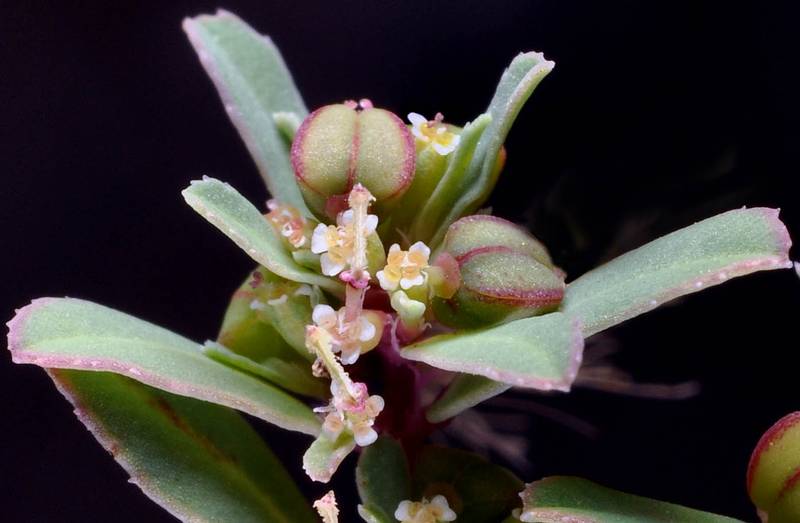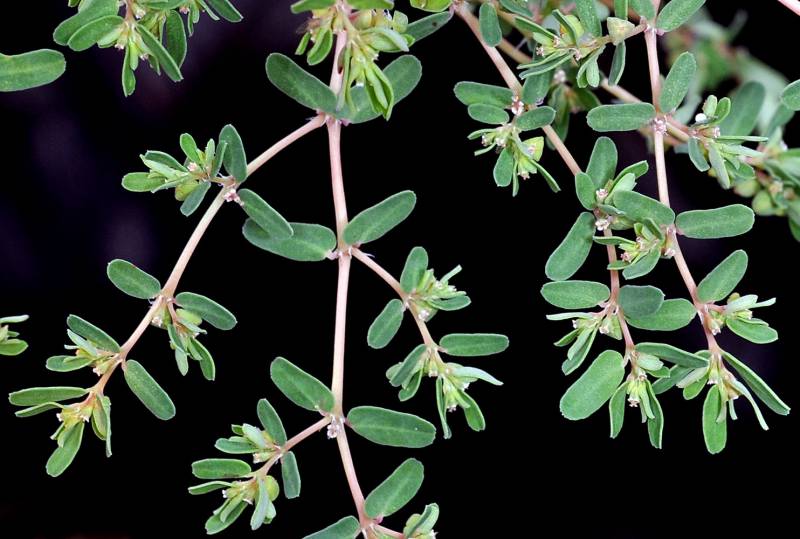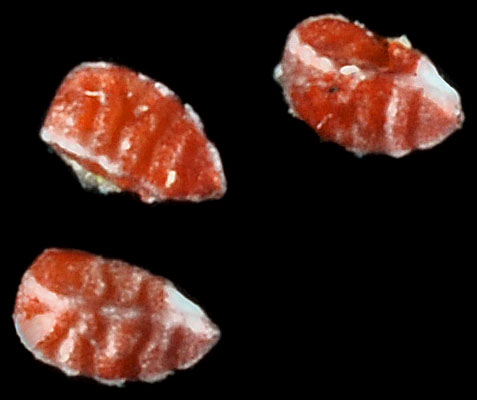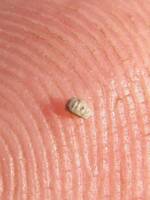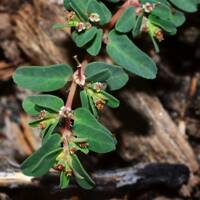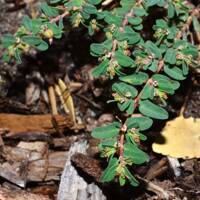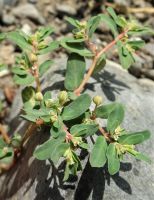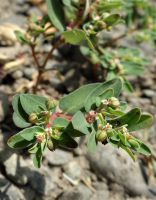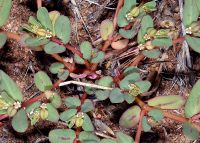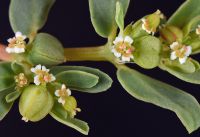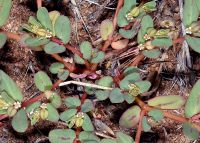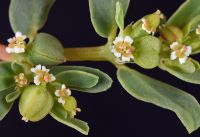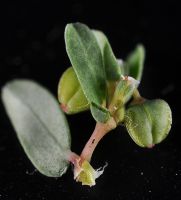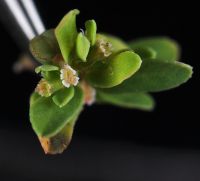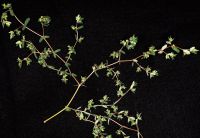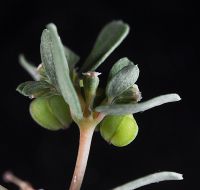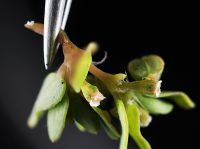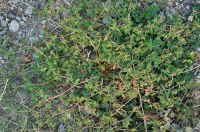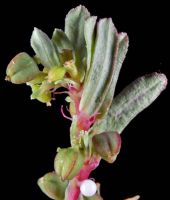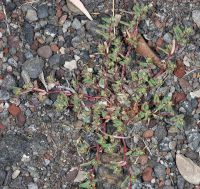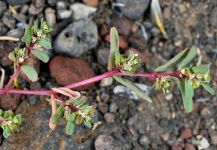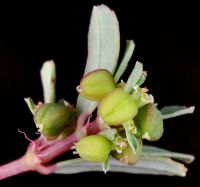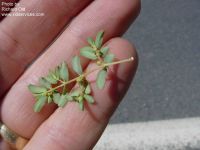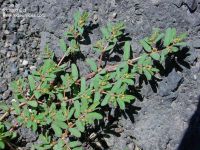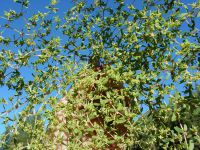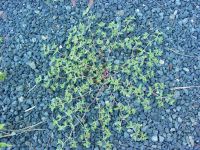Distribution: Occurring chiefly east of the Cascades crest in Washington; British Columbia to California, east to across most of North America to the Atlantic Coast.
Habitat: Dry, sandy soil, from the plains to the lower mountains.
Flowers: June-September
Origin: Native
Growth Duration: Annual
Conservation Status: Not of concern
Pollination: Bees, wasps
Monoecious, glabrous annuals with prostrate, freely-branching stems 0.5-4 dm. long.
Leaves opposite, obliquely lanceolate to oblong, 5-15 mm. long, entire or with fine, rounded serrations; stipules mostly linear, 1 mm. long.
Flowers tiny, monoecious, borne in axillary involucres; staminate flowers numerous, naked, each consisting of a single stamen; pistillate flower single and terminal in the involucre; involucre bearing 4 pinkish glands with whitish appendages, a fifth gland represented by a short, fringed lobe.
Capsules smooth, 1.5 mm. long; seeds 1.2 mm. long, grayish, prismatic, coarsely wrinkled.
Publication: Rep. U.S. Mex. Bound. 2(1): 187. 1859.
PNW Herbaria: Specimen records of Euphorbia glyptosperma in the Consortium of Pacific Northwest Herbaria database
WA Flora Checklist: Euphorbia glyptosperma checklist entry
OregonFlora: Euphorbia glyptosperma information
E-Flora BC: Euphorbia glyptosperma atlas page
CalPhotos: Euphorbia glyptosperma photos

